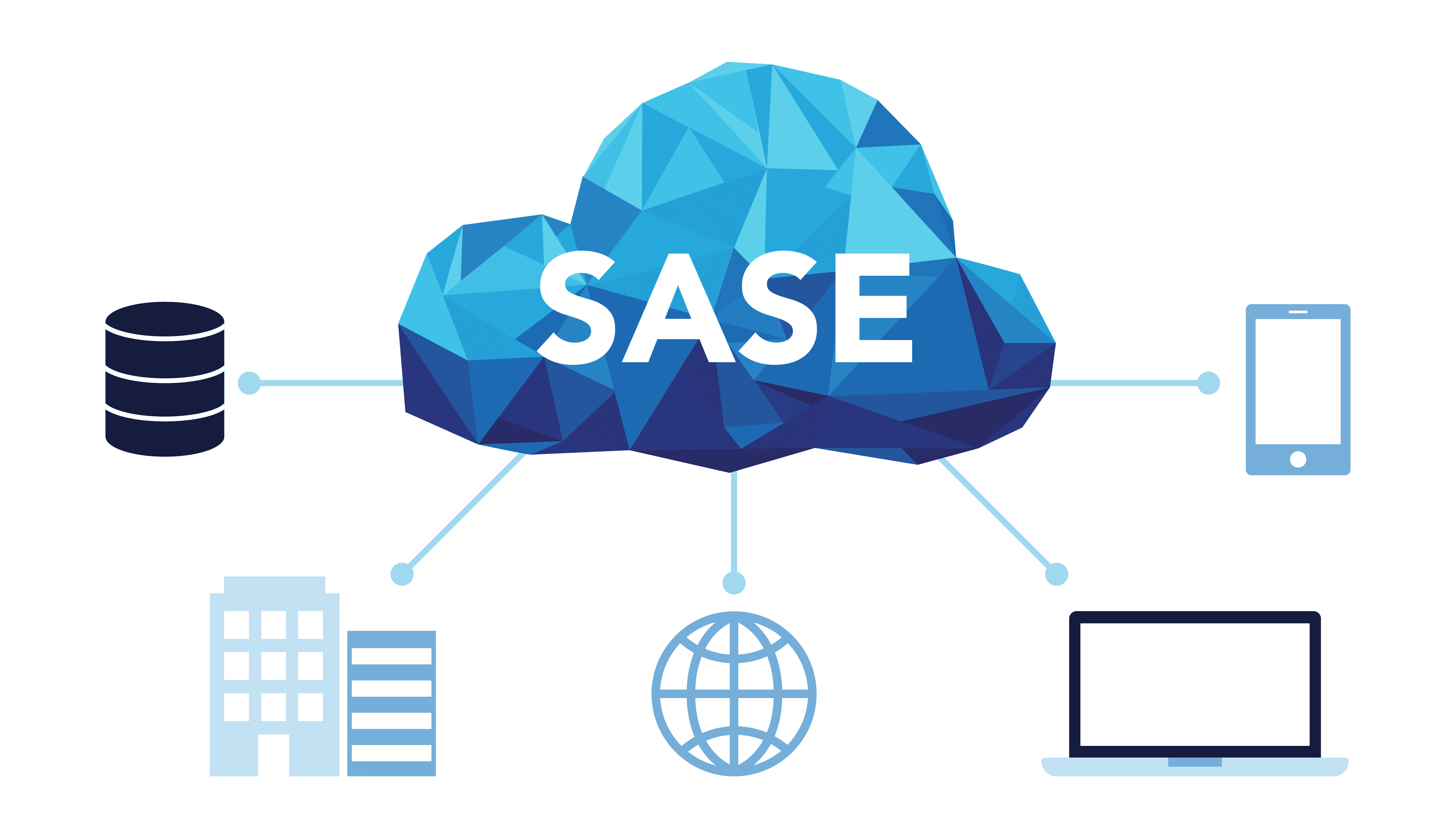Key Takeaways:
- Holistic Security: SASE integrates multiple security functions into a single framework, providing continuous and comprehensive protection for business data. This unified security approach ensures that all aspects of a network are secured, leaving no gaps for potential breaches.
- Zero Trust Access: Implementing ZTNA ensures that only authorized users can access sensitive information, reducing the risk of data breaches. The principle of continuous verification strengthens security at every access point, making sure that even internal threats are mitigated.
- Enhanced Network Performance: SD-WAN and other network optimizations within SASE improve connection reliability and speed, even for remote workers. By intelligently routing traffic and prioritizing critical applications, SD-WAN ensures that performance remains high, regardless of network conditions.
- Scalability and Flexibility: SASE’s cloud-native architecture allows businesses to quickly scale their network capabilities as needed, maintaining performance and efficiency. This flexibility supports growth and ensures that companies can quickly adapt to changing demands without incurring significant costs.
- Reduced Latency: By performing security inspections closer to the user, SASE minimizes latency and enhances the overall user experience. This approach ensures that security measures do not hinder productivity, providing fast and secure access to applications and data from anywhere.
Table of Contents:
- Introduction to SASE
- How SASE Enhances Security
- Improving Network Performance with SASE
- Conclusion
Introduction to SASE
In today’s fast-paced digital landscape, businesses need robust and flexible solutions to safeguard their data and optimize network performance. tion is Secure Access Service Edge is a solution gaining significant traction (SASE). So, what is SASE? It combines wide area networking (WAN) capabilities with comprehensive security functions into a single, cloud-native service. By integrating these elements, SASE aims to streamline operations and enhance protection, making it an invaluable asset for modern enterprises.
SASE represents a paradigm shift from traditional security models by embedding security within the network. This integrated approach offers companies secure and efficient access to their distributed workforce, enhancing overall productivity. As the demand for cloud services and remote work continues to grow, understanding and leveraging SASE can give businesses a competitive edge in today’s market. SASE simplifies the complexities of managing disparate systems by offering a unified security and networking framework, leading to operational efficiency and improved security postures.
How SASE Enhances Security
SASE fundamentally changes how businesses approach security by integrating multiple security functions into one cohesive framework. This holistic model ensures that data is continuously protected, regardless of where it is accessed.
Zero Trust Network Access (ZTNA) is a core security benefit of SASE. ZTNA functions based on ‘always verify, never trust’. Unlike traditional security models, which assume trust based on network boundaries, ZTNA continuously authenticates users, devices, and sessions, ensuring that only authorized personnel can access sensitive data. This eliminates vulnerabilities associated with implicit trust and significantly reduces the risk of data breaches. The constant verification method ensures that extra layers are in place to stop unauthorized access if one security layer is breached.
Another critical security feature of SASE is Secure Web Gateways (SWGs). These gateways monitor and filter web traffic, preventing unauthorized entry to harmful websites and stopping web-based dangers like malware and phishing attacks. Some offer additional protection for remote workers and distributed teams by securing internet access points. This is particularly important as employees increasingly work from diverse locations, potentially exposing their networks to vulnerabilities. SWGs thus play a crucial role in maintaining a secure browsing environment.
Cloud Access Security Brokers (CASBs) are also integral to the SASE framework.CASBs offer visibility and management of cloud apps to guarantee consistent enforcement of security policies across all cloud services. This is particularly important for businesses utilizing multiple cloud platforms, as it guarantees that data remains secure and compliant with regulatory requirements. CASBs support adopting new cloud services by ensuring that data transferred to and from the cloud is protected, enabling businesses to leverage the full benefits of cloud computing without compromising security.
Improving Network Performance with SASE
Beyond enhancing security, SASE also vitally improves network performance. By integrating network and security functions, SASE offers a more efficient and streamlined approach to managing network traffic.
Software-Defined Wide Area Networking (SD-WAN) is a critical component of SASE that facilitates intelligent and secure connections across enterprise networks. SD-WAN optimizes internet traffic routing, prioritizing essential applications and data flows to ensure optimal performance. This results in faster, more reliable connections, even for remote cloud application users. SD-WAN technology dynamically selects the best path for traffic based on current network conditions, minimizing disruptions and ensuring a consistent user experience, regardless of location.
Moreover, SASE’s cloud-native architecture enables scalability, allowing businesses to expand their network capabilities as needed. This adaptability is especially beneficial for companies that are growing or facing seasonal increases in demand, as it guarantees consistent network performance no matter the size. The ability to quickly scale up or down in response to business needs means that organizations can maintain high service levels without investing heavily in physical infrastructure.
SASE also reduces latency by bringing security functions closer to the user. Traditional security models often route traffic through centralized data centers for inspection, adding latency and impacting performance. However, SASE conducts security checks at the network edge, which is nearer to the user, leading to a decrease in latency and an improvement in the user experience. This distributed method ensures that speed is not sacrificed for security, enabling users to quickly and securely access applications and data.
Conclusion
SASE represents a significant evolution in network security and performance, providing businesses a unified approach to managing their digital infrastructures. By combining security and networking functions in one cloud-based service, SASE streamlines operations boosts protection and enhances performance. As companies deal with the challenges of remote work and transitioning to the cloud, it is essential to use SASE to maintain a competitive edge in the market and ensure robust, efficient network performance.
Embracing SASE’s capabilities provides organizations with the tools necessary to foster a secure and resilient digital environment. With the changing cyber threat landscape, businesses require flexible and thorough solutions such as SASE to uphold their security stance. Companies can enhance security and performance by understanding and deploying SASE, driving innovation, and promoting growth in an increasingly connected world.




